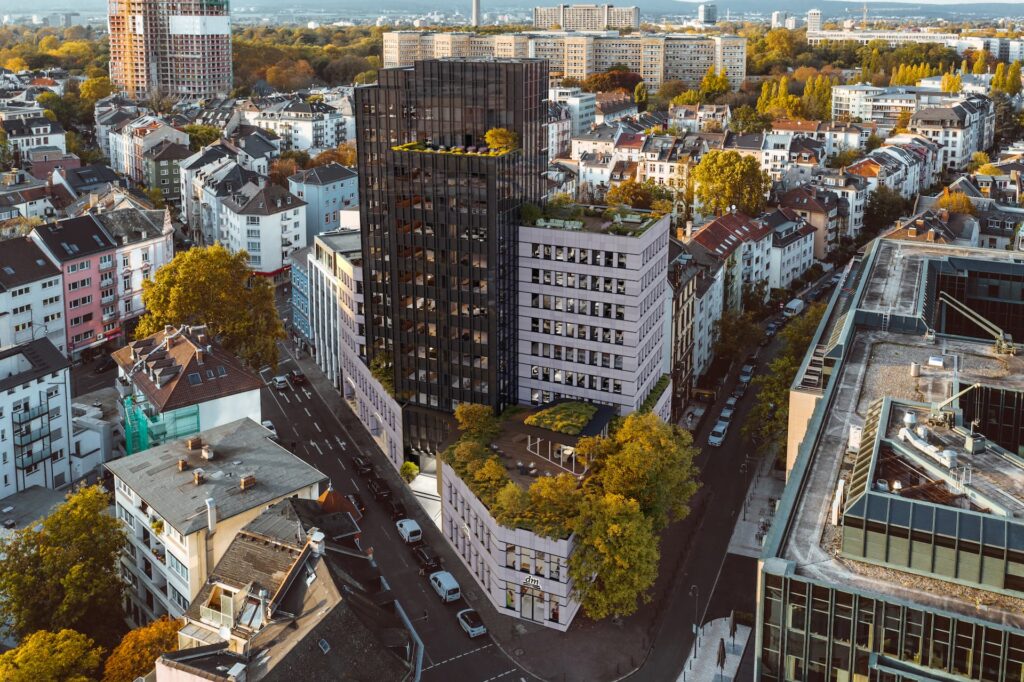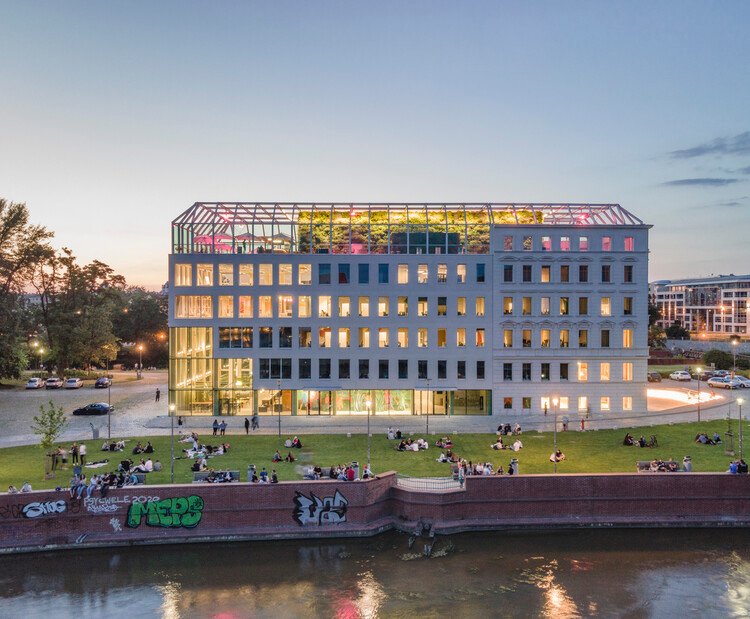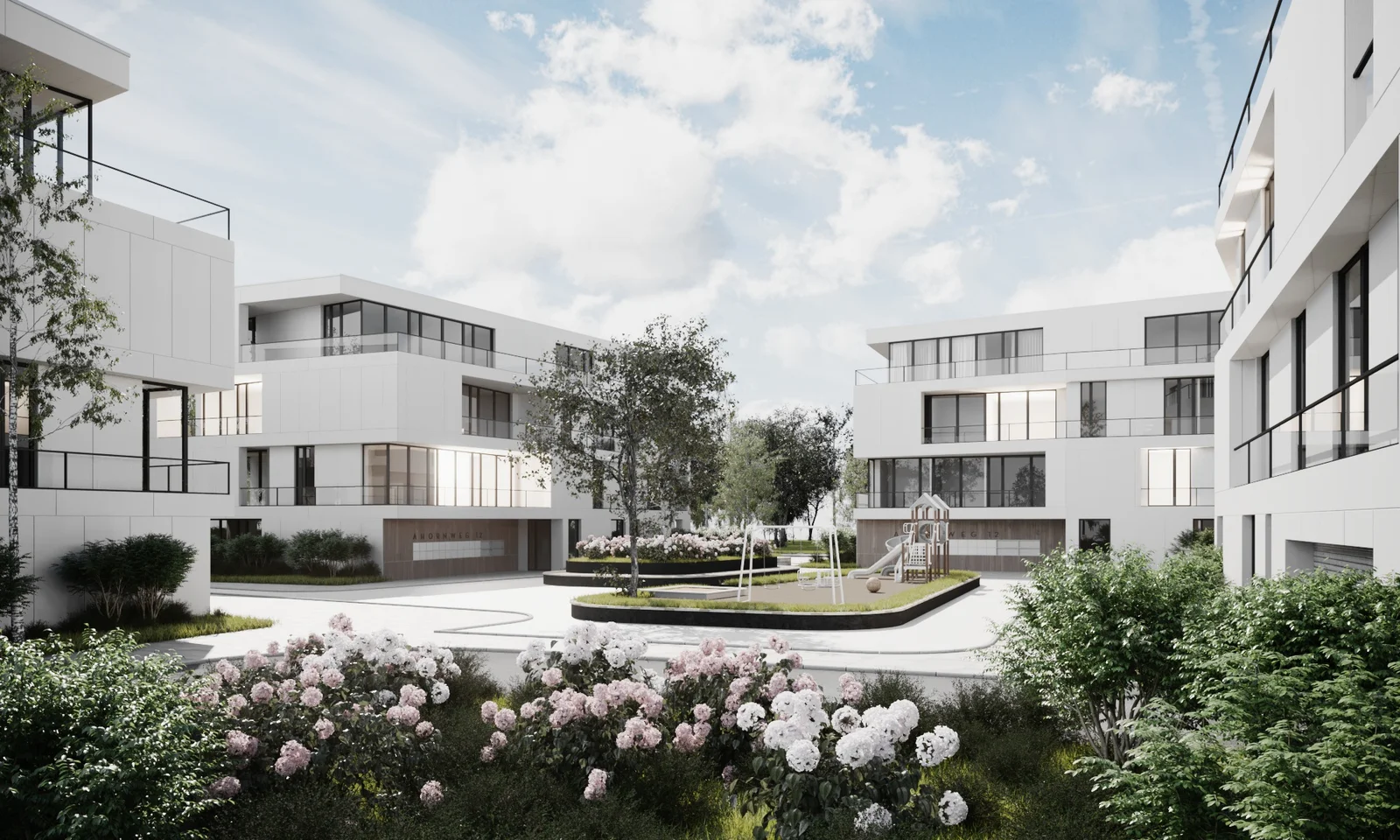How 3D Renderings Reconstruct Historical Interiors
Immerse yourself in a bygone era with 3D renderings — a groundbreaking technology that brings to life the historical interiors from antiquity to recent history. With the power to digitally reconstruct spaces that have been lost or altered over time, 3D renderings offer a unique insight into the architectural designs and decor trends of past centuries, enhancing our understanding of historical periods and the people who lived during those times.
The Power of 3D Rendering in Historical Reconstruction
3D rendering, a process of producing an image based on three-dimensional data stored within a computer, is rapidly becoming an invaluable tool in the field of historical reconstruction. This technology allows historians, archaeologists, and enthusiasts to visually explore and interact with historical interiors, offering a richly detailed, immersive experience that static images and descriptions simply cannot provide.
Preserving Historical Accuracy with 3D Renderings
One of the most significant benefits of 3D renderings is the ability to recreate historical interiors with a high degree of accuracy. By inputting data gathered from archaeological findings, historical records, and architectural drawings, 3D artists can produce renderings that are faithful to the original designs. These virtual reconstructions allow us to walk through, examine, and appreciate the intricacies of spaces that no longer exist or have been significantly altered over time.
Enhancing Educational Experiences Through 3D Visualization
3D renderings also have an important role to play in education. By creating interactive, engaging visuals of historical interiors, students can gain a more comprehensive understanding of different periods in history. This technology goes beyond simply reading about history in textbooks, offering students a chance to virtually explore and interact with historical settings, fostering a deeper connection and interest in the subject matter.
The Process of Reconstructing Historical Interiors Using 3D Renderings
Detailed Research and Data Collection
The first step in reconstructing historical interiors using 3D renderings is thorough research and data collection. This involves studying various sources such as photographs, sketches, architectural plans, drawings, and writings. The aim is to gather as much information as possible about the original design and decoration of the space, including colours, materials, patterns, furnishings, and lighting.
In some cases, historians and archaeologists can provide a wealth of valuable data from their studies and excavations. All these sources are meticulously analysed to create an accurate and comprehensive depiction of the historical interior. The collected data is then transformed into digital format suitable for 3D modeling software.
3D Modeling and Texturing
Once the data is gathered, the next step is to create the 3D model of the historical interior. Specialized software programs such as AutoCAD, SketchUp, or 3D Studio Max are typically used for this purpose. The software allows the designer to build a precise 3D model of the space, featuring its exact dimensions and architectural elements.
The 3D model then undergoes a process called texturing. This is where the collected data on colours, materials, and patterns come into play. The textures are applied to the 3D model to recreate the look and feel of the original materials. This might include wooden floors, stone walls, fabric upholstery, or metallic fixtures.
Enhancing Accessibility and Understanding through 3D Renderings
Virtual Tours and Interactive Experiences
One of the most significant benefits of reconstructing historical interiors using 3D renderings is the possibility of creating virtual tours and interactive experiences. These allow people from all over the world to explore and appreciate these spaces without the need for physical travel.
Through a computer or mobile device, users can navigate the 3D-rendered space, zoom in on specific details, and even interact with some elements. This can greatly enhance the understanding and appreciation of historical interiors, particularly for educational purposes.
Bridging Past and Present
3D renderings not only reconstruct historical interiors but also bridge the gap between past and present. By presenting the past in a format that is familiar and accessible to contemporary audiences, 3D renderings can make history more relatable and engaging.
These digital reconstructions can also serve as valuable resources for preservation and restoration efforts. They provide a clear and detailed visual reference for restorers, helping them to understand the original design intent and make informed decisions.
Overall, the use of 3D renderings to reconstruct historical interiors represents a significant advancement in the fields of history, architecture, and digital technology. It opens up exciting new possibilities for research, education, and preservation, allowing us to experience and appreciate our historical heritage in a whole new way.In conclusion, the technology of 3D renderings has profoundly revolutionized our understanding and appreciation of historical interiors. Through the use of this innovative technology, we are now able to bring the past back to life, providing us with a more accurate, engaging, and immersive way of understanding our history. The potential of 3D renderings is vast, and as technology continues to advance, we can only expect this field to become more precise and detailed, opening up new possibilities for historical exploration and education. Therefore, it is undeniable that 3D renderings are an invaluable tool in reconstructing historical interiors.







